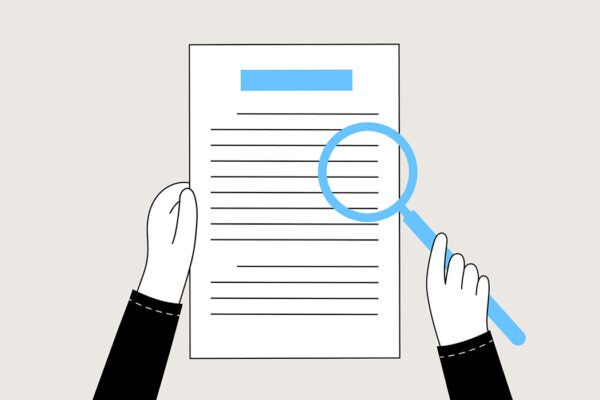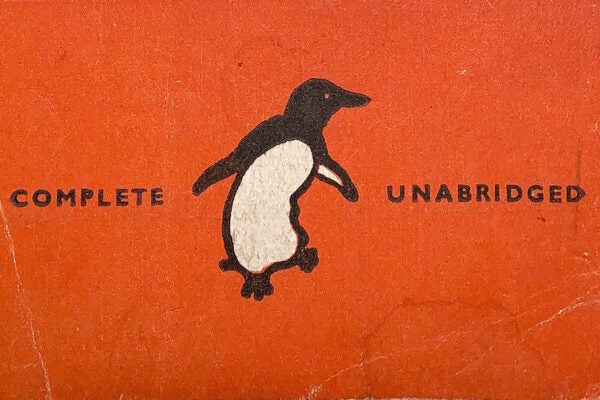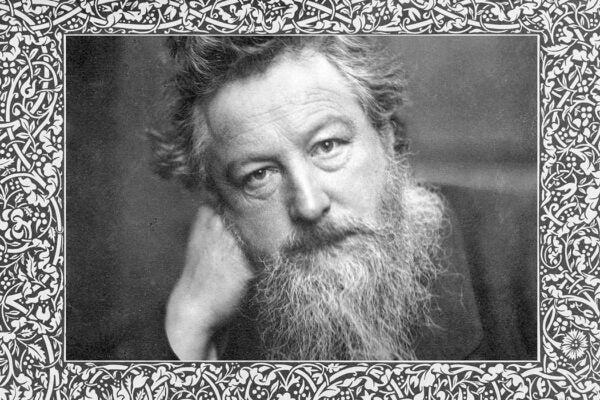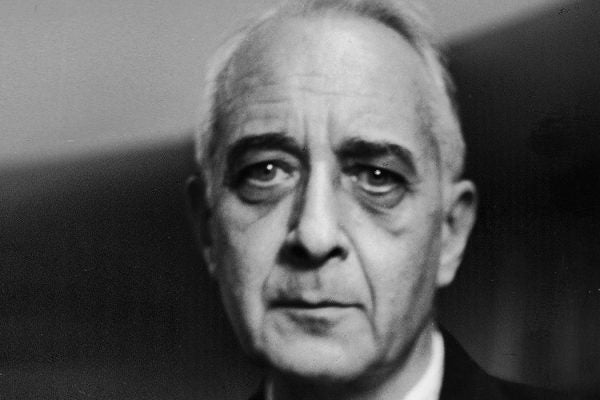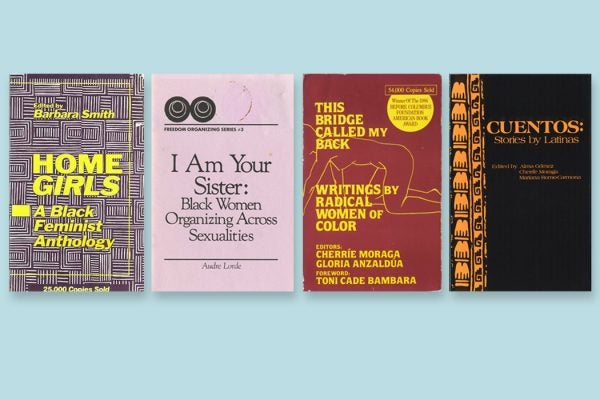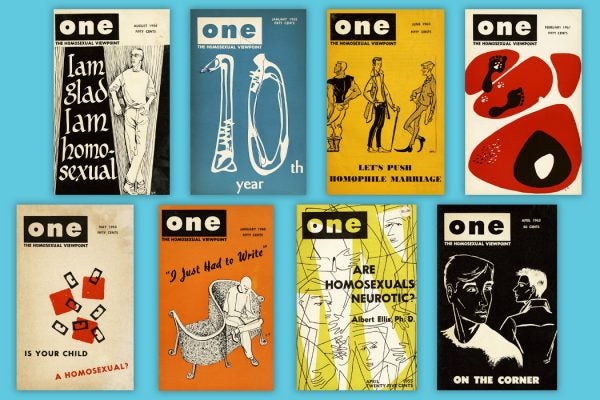The History of Peer Review Is More Interesting Than You Think
The term “peer review” was coined in the 1970s, but the referee principle is usually assumed to be as old as the scientific enterprise itself. (It isn’t.)
Exploring the Yardbird Reader
Initiated under the editorial directorship of Ishmael Reed, Yardbird made room in publishing for marginalized artists from many walks of life.
But Why a Penguin?
Penguin Books built on an already strong tradition of branding through cute mascot “media stars” when they introduced their cartoon bird in 1935.
The Short-Lived Le Navire d’Argent
Despite its short run, Adrienne Monnier’s literary review made its mark on modernist literature, publishing the work of James Joyce, T. S. Eliot, and Walt Whitman.
William Morris, Anti-Capitalist Publisher
By drawing on traditional typefaces for Kelmscott Press, Morris showed that he was unwilling to yield to capitalism’s demands for speed and efficiency.
What’s It Like to Be an Editor of a Prison Newspaper?
The incarcerated editor of The Nash News in North Carolina shares about the power of higher ed and his work at the prison newspaper.
’Twas Thrilling When Trilling Wrote a Blurb
The renowned literary critic famously withheld his imprimatur from the books of peers and students, with two notable exceptions. What do they reveal?
The Whole Earth Catalog, Where Counterculture Met Cyberculture
Long before Facebook or Twitter, an L.L. Bean-style catalog for hippies inspired the creation of one of the world’s first social networks.
How Kitchen Table Press Changed Publishing
Founded by and for women of color, the press issued such revolutionary works as This Bridge Called My Back.
ONE: The First Gay Magazine in the United States
ONE is a vital archive, but its focus on citizenship and “rational acceptance” ultimately blocked it from being the safe home for all that it claimed to be.
